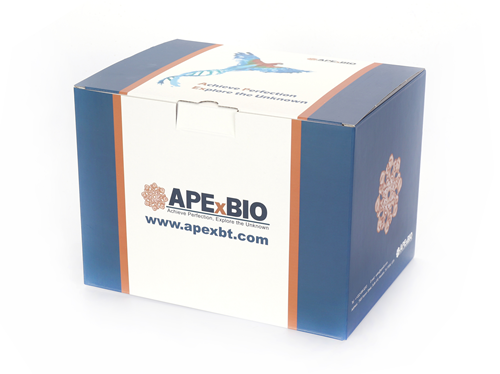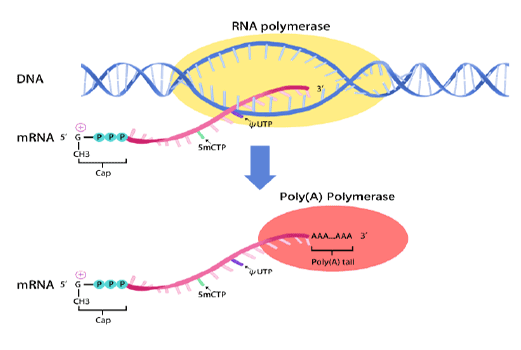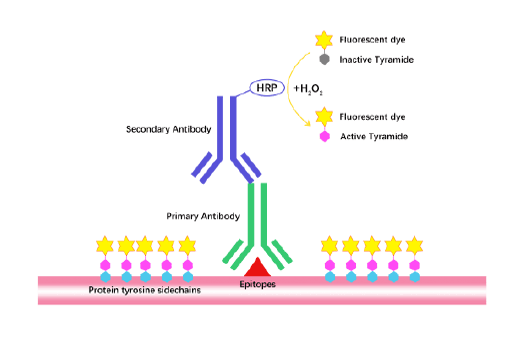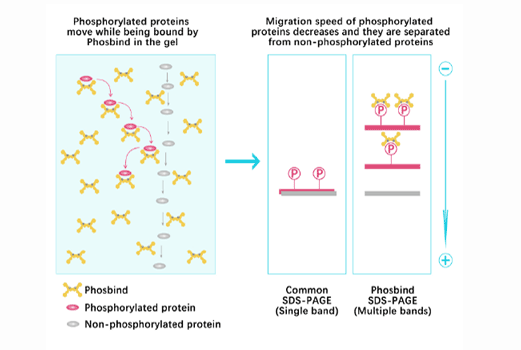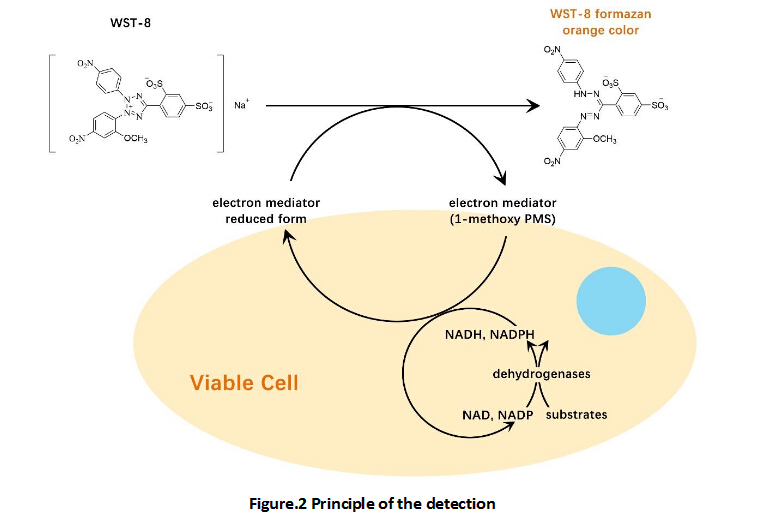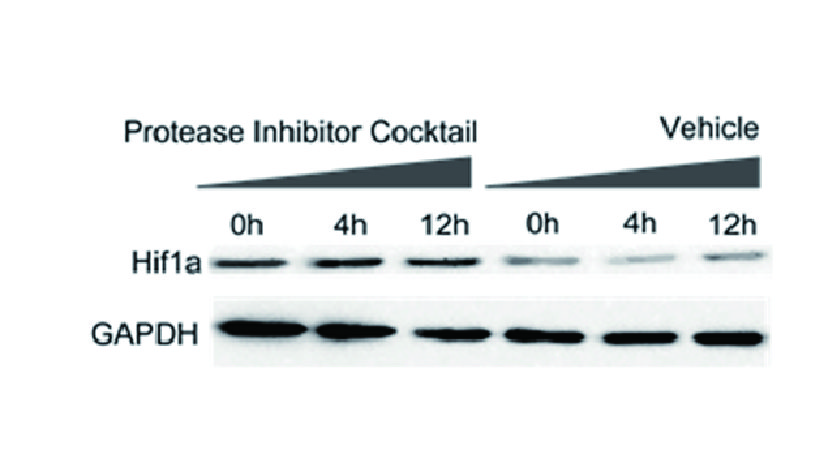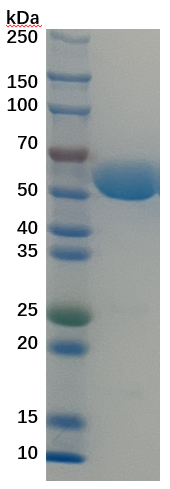Luciferase (1-550, His-tag)
Luciferase (1-550, His-tag) is a recombinant enzyme produced from a cloned Photinus pyralis gene and expressed in Escherichia coli. Catalyzing a bioluminescent oxidation reaction, luciferase utilizes luciferin, ATP, and Mg²⁺ ions to emit green light at a wavelength of approximately 562 nm. The activity of luciferase is dependent upon ATP availability, facilitating its application as a sensitive analytical reagent for quantifying trace ATP concentrations in various biological samples. Reactions typically proceed at room temperature and can be rapidly inactivated by heat denaturation at temperatures above 65°C or via specific quenching reagents. The recombinant His-tag facilitates purification through affinity chromatography and simplifies downstream analytical procedures. Commonly employed as a reporter enzyme, luciferase is widely applied in biomedical research for monitoring gene regulation, studying cellular signaling pathways, and conducting high-throughput pharmaceutical screening assays.
|
Accession # |
- |
|
Alternate Names |
Recombinant firefly Luciferase |
|
Species |
Photinus Pyr. |
|
Source |
Escherichia coli. |
|
Protein sequence |
- |
|
Tag |
His-tag |
|
M.Wt |
Approximately 61.2 kDa |
|
Appearance |
Solution protein |
|
Stability & Storage |
Use a manual defrost freezer and avoid repeated freeze-thaw cycles. - 12 months from date of receipt, -80°C as supplied. - 2 weeks, 2 to 8°C under sterile conditions after reconstitution. |
|
Concentration |
1.0 mg/mL |
|
Formulation |
Dissolved in sterile PBS buffer. |
|
Reconstitution |
We recommend that this vial be briefly centrifuged prior to opening to bring the contents to the bottom. This solution can be diluted into other aqueous buffers. |
|
Biological Activity |
- |
|
Shipping Condition |
Blue ice |
|
Handling |
Centrifuge the vial prior to opening. |
|
Usage |
For Research Use Only! Not to be used in humans. |



